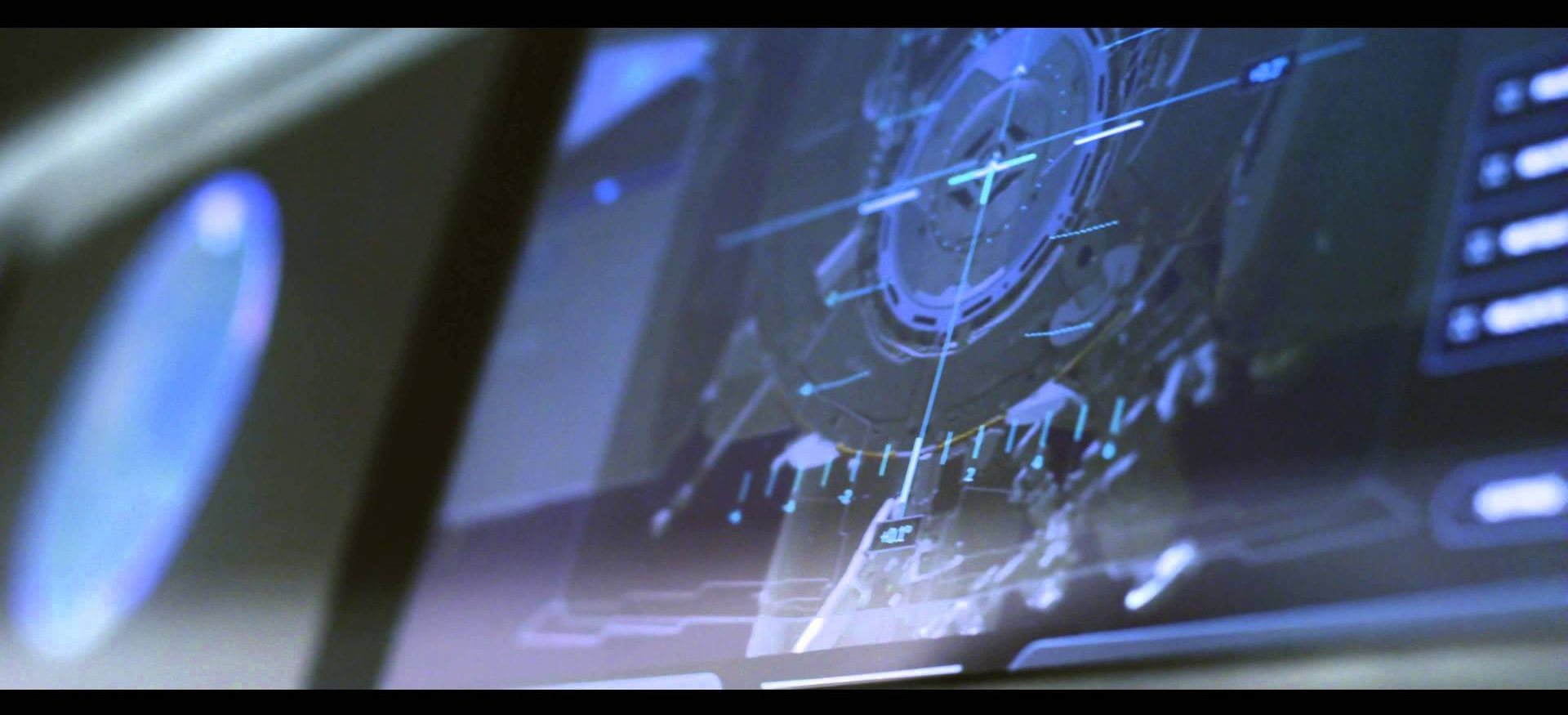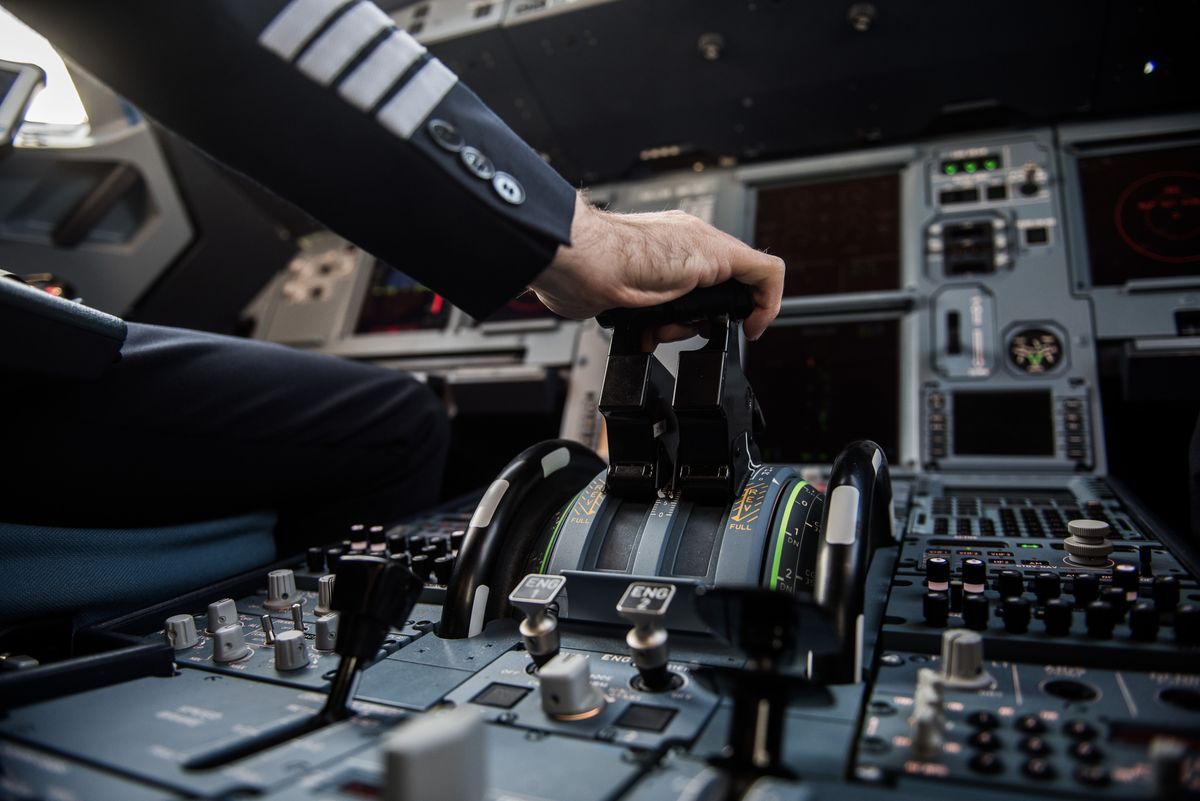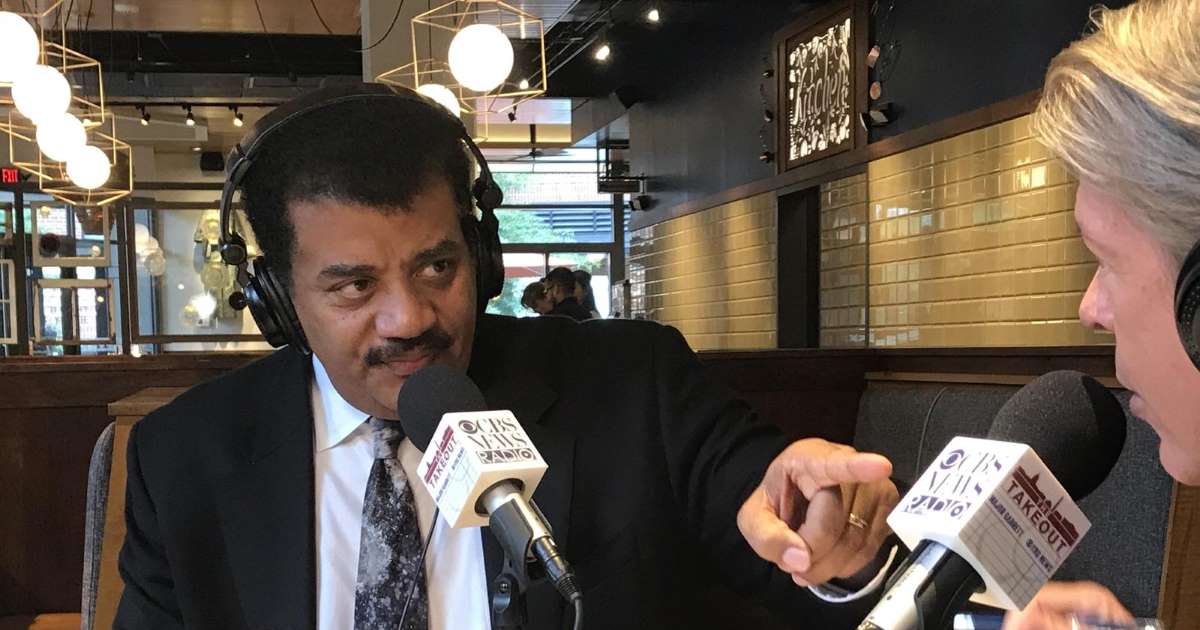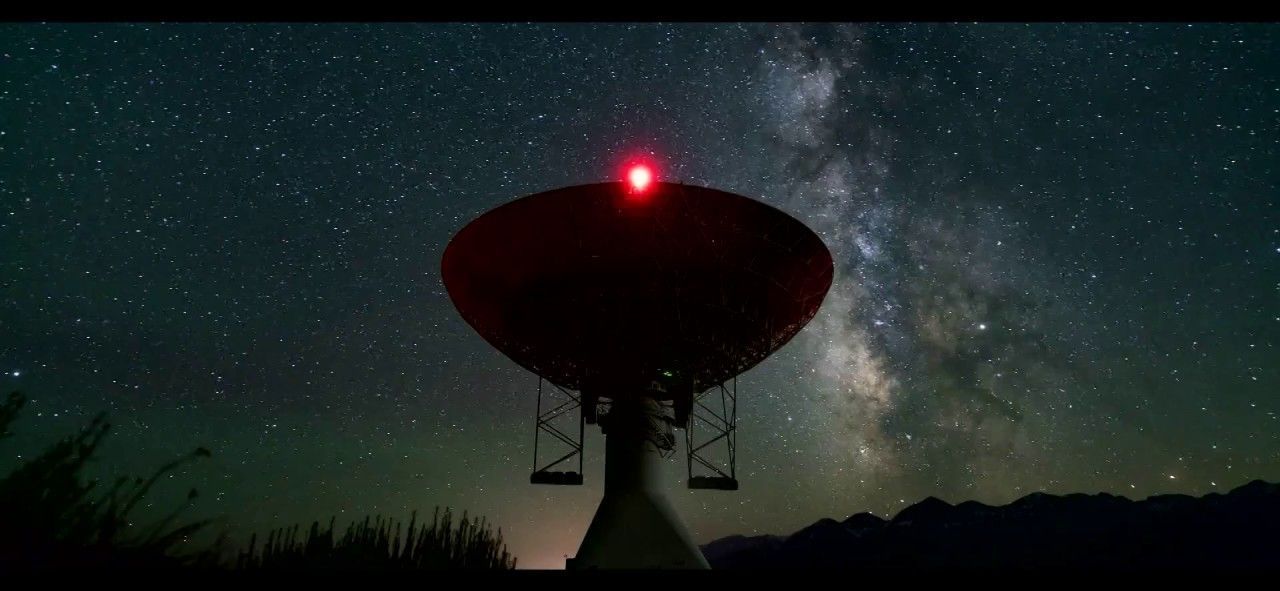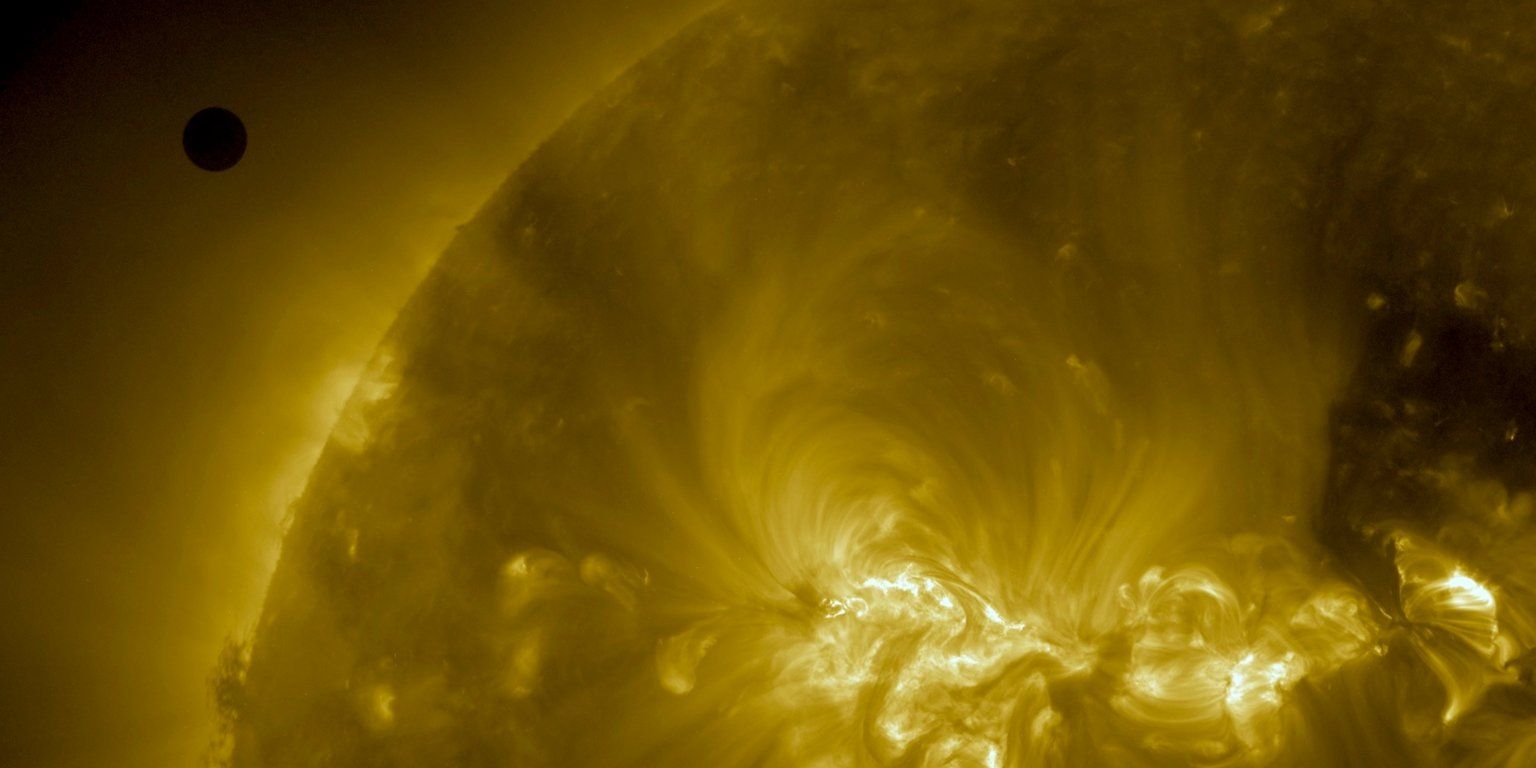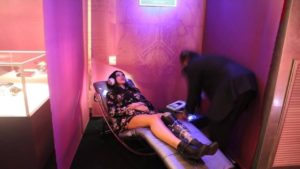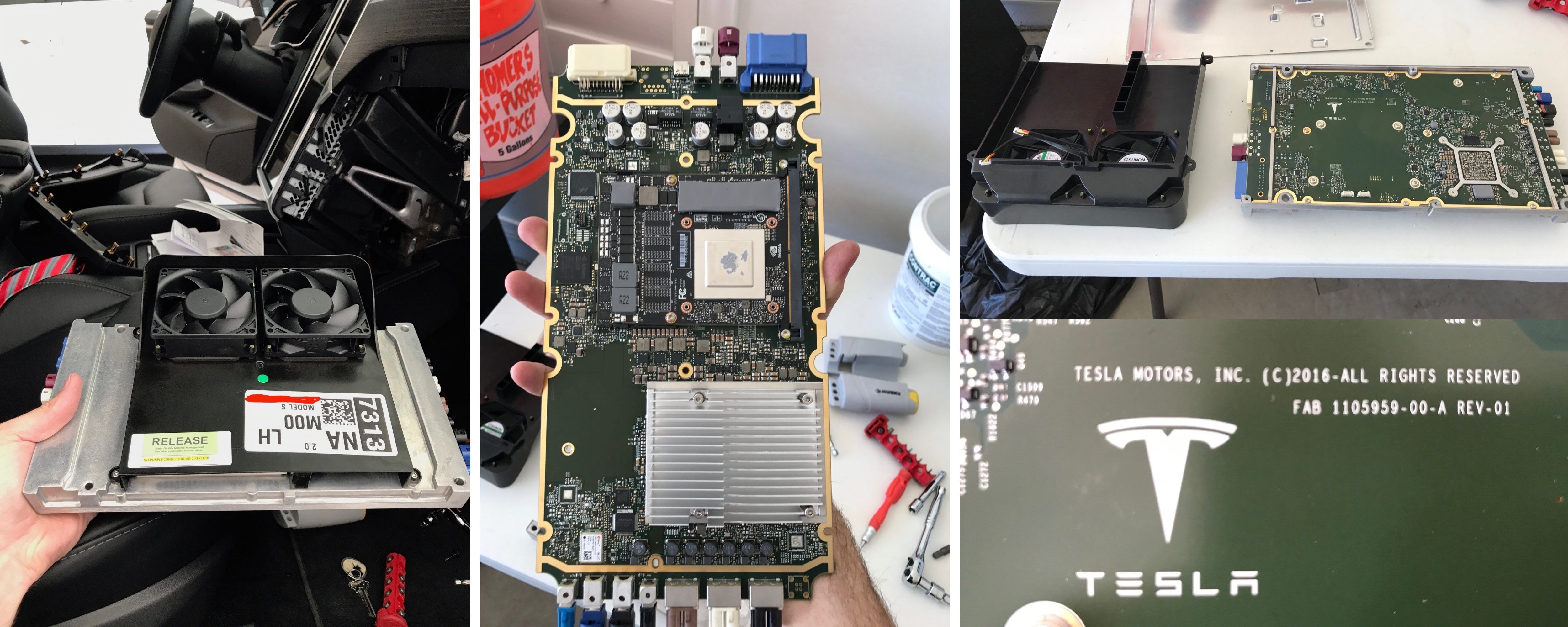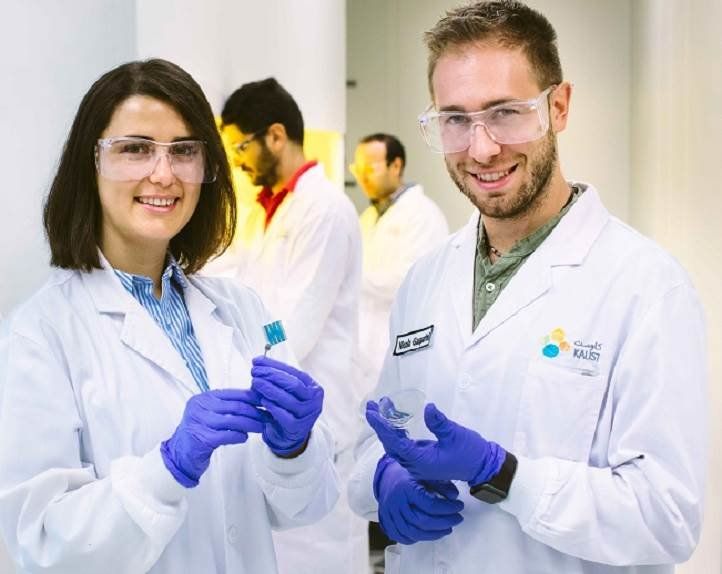60 years of NASA has brought us the first moon landing, the Voyagers, a progression of Mars rovers, Hubble, Cassini, TESS…and the next six decades are going to see it venturing even further into uncharted territory, but this time, the space agency will not be alone on the voyage.
NASA couldn’t even start fantasizing about private spaceflight—or collaborating with the private sector—when it first took off in 1958. Now companies like SpaceX, Boeing and Blue Origin will bring dreams that originally lived between the pages of science fiction books into reality. Dreams like space travel for anyone.
Private companies could potentially lower the cost of suborbital flights from hundreds of thousands to tens of thousands. That still might sound astronomical to the average Earthling, but to NASA, it could mean more opportunities than ever. NASA’s Commercial Crew Program is a collab with Boeing and SpaceX to fly astronauts to and from the ISS (which is not going to end up as space junk after all). SpaceX’s Crew Dragon and Boeing’s CST-100 Starliner will start making crewed flights into low-Earth orbit as soon as next year.
